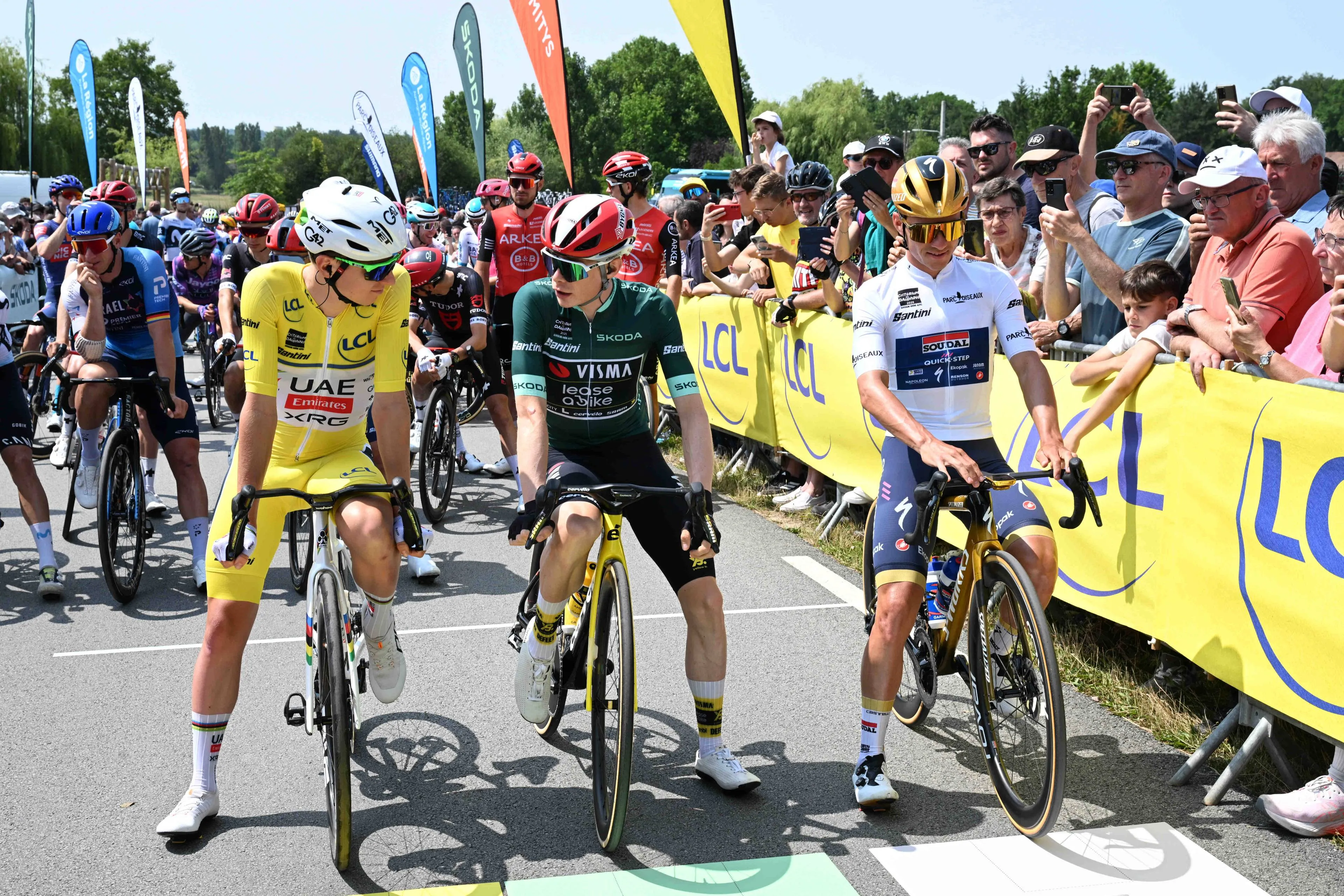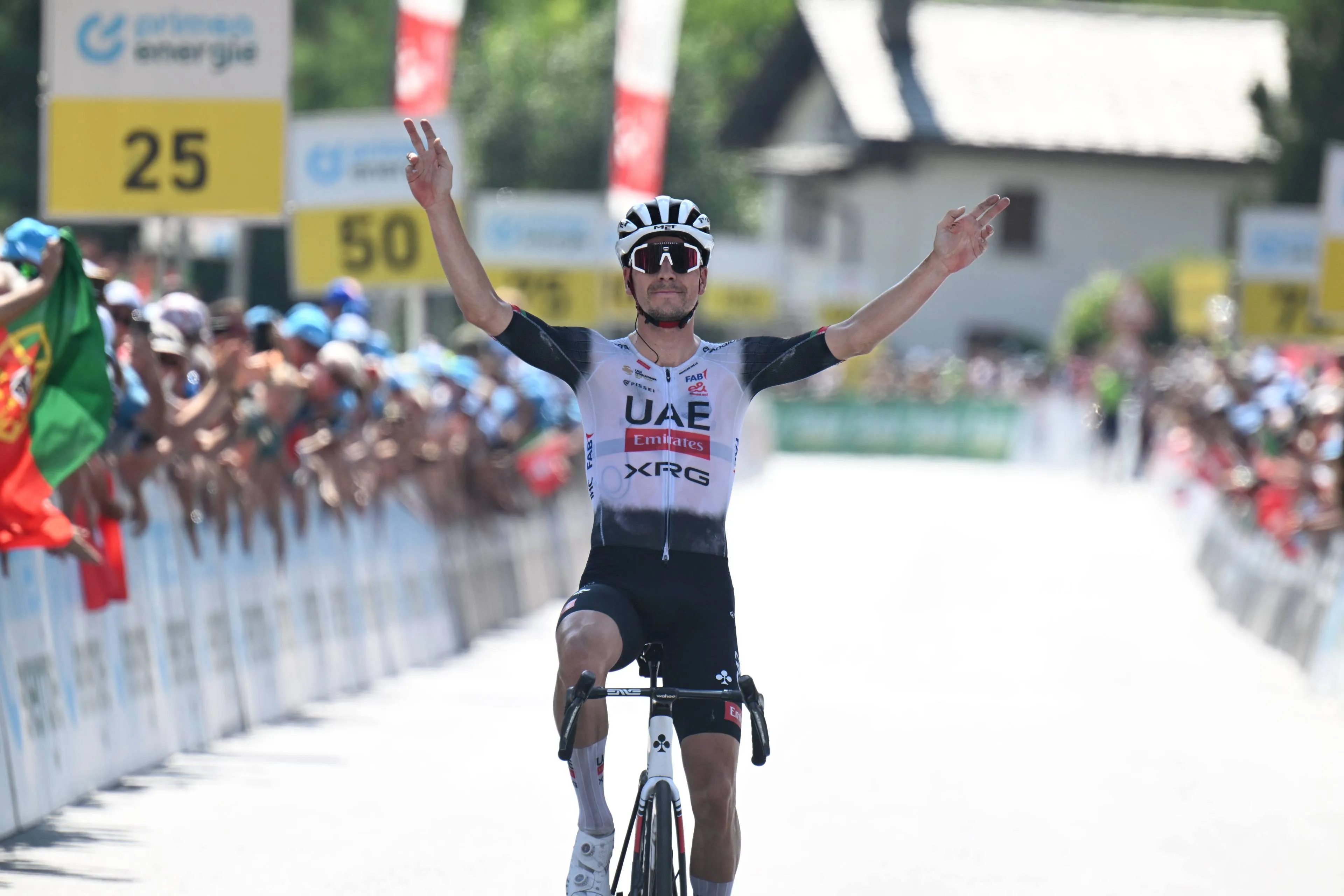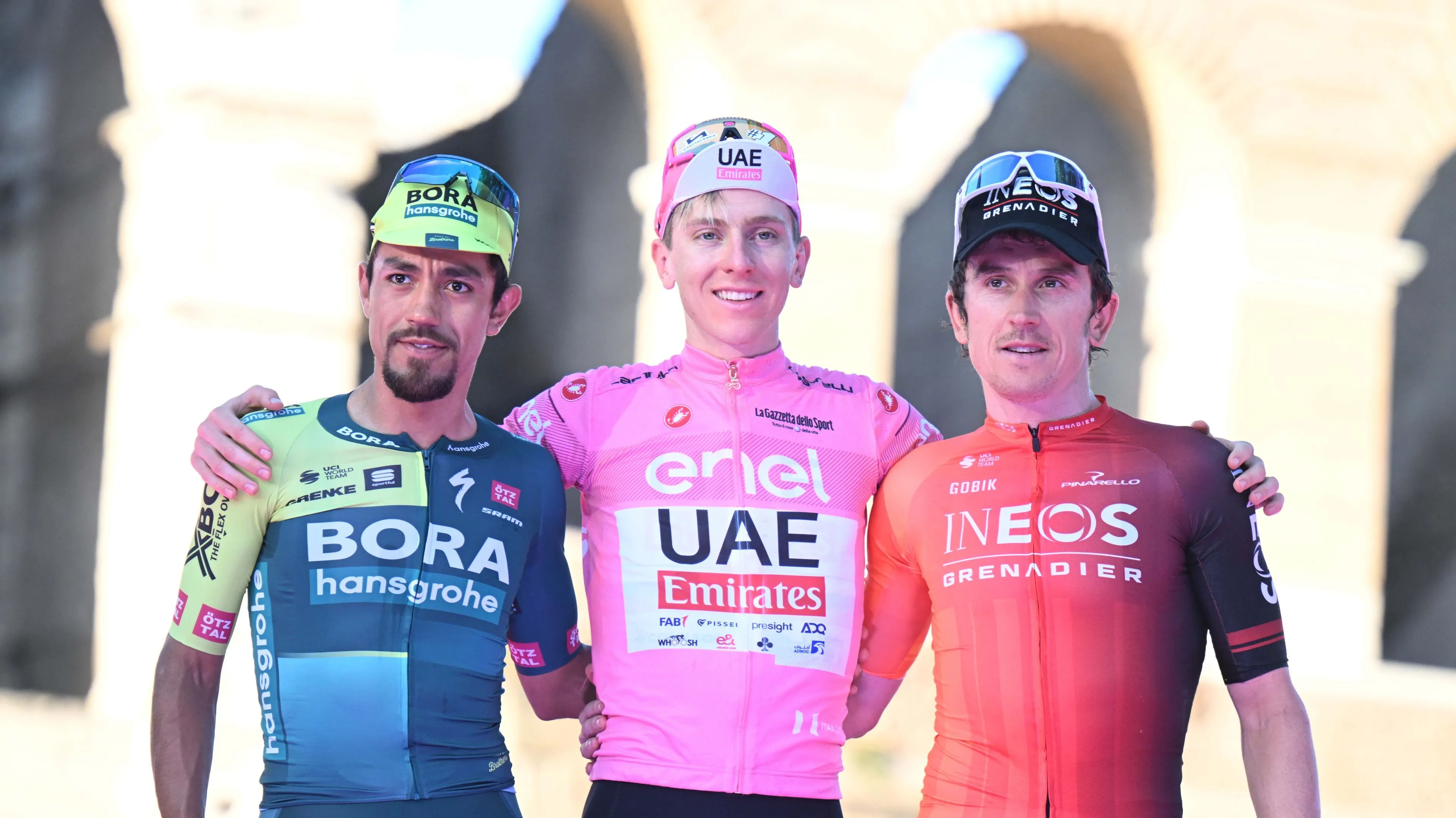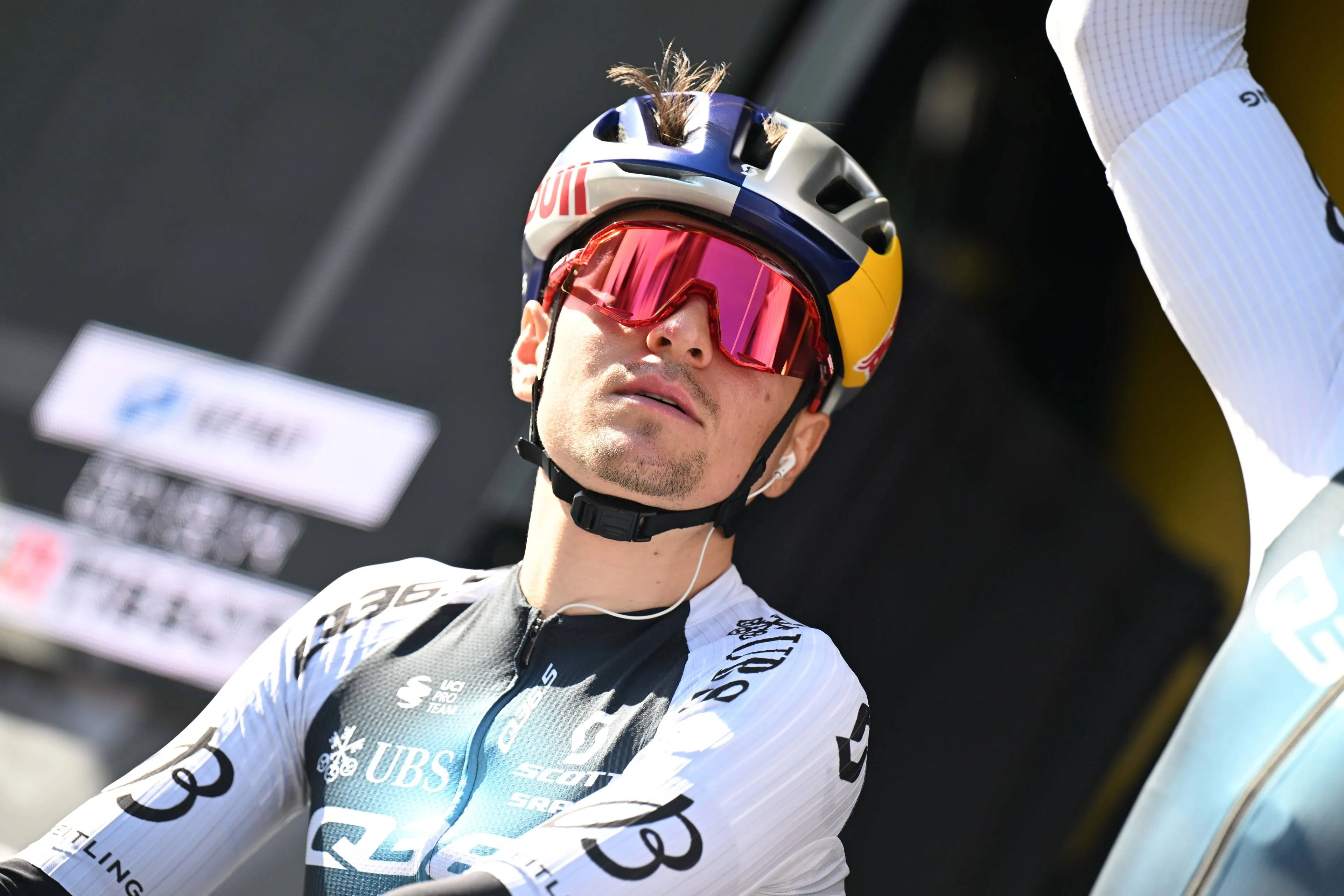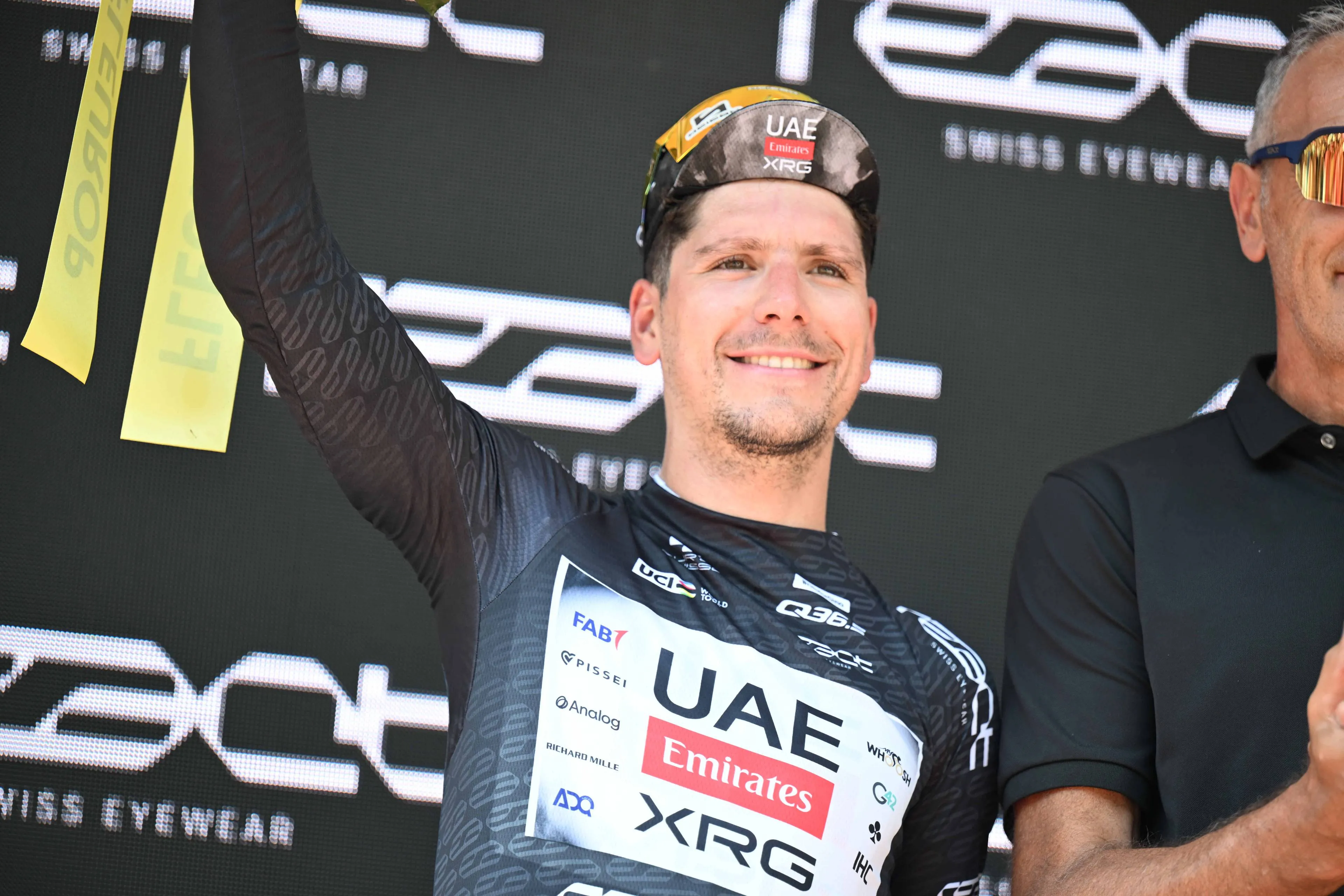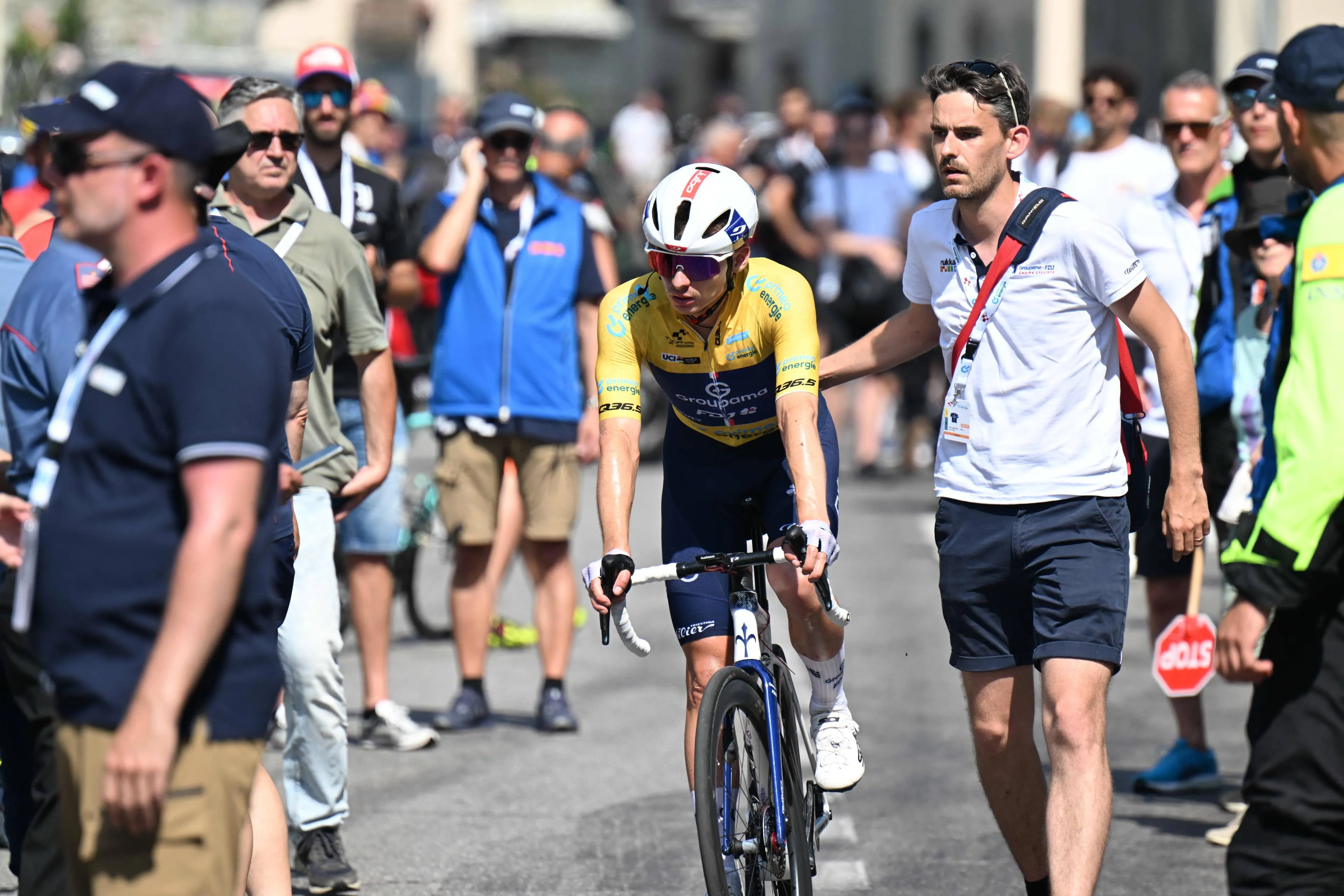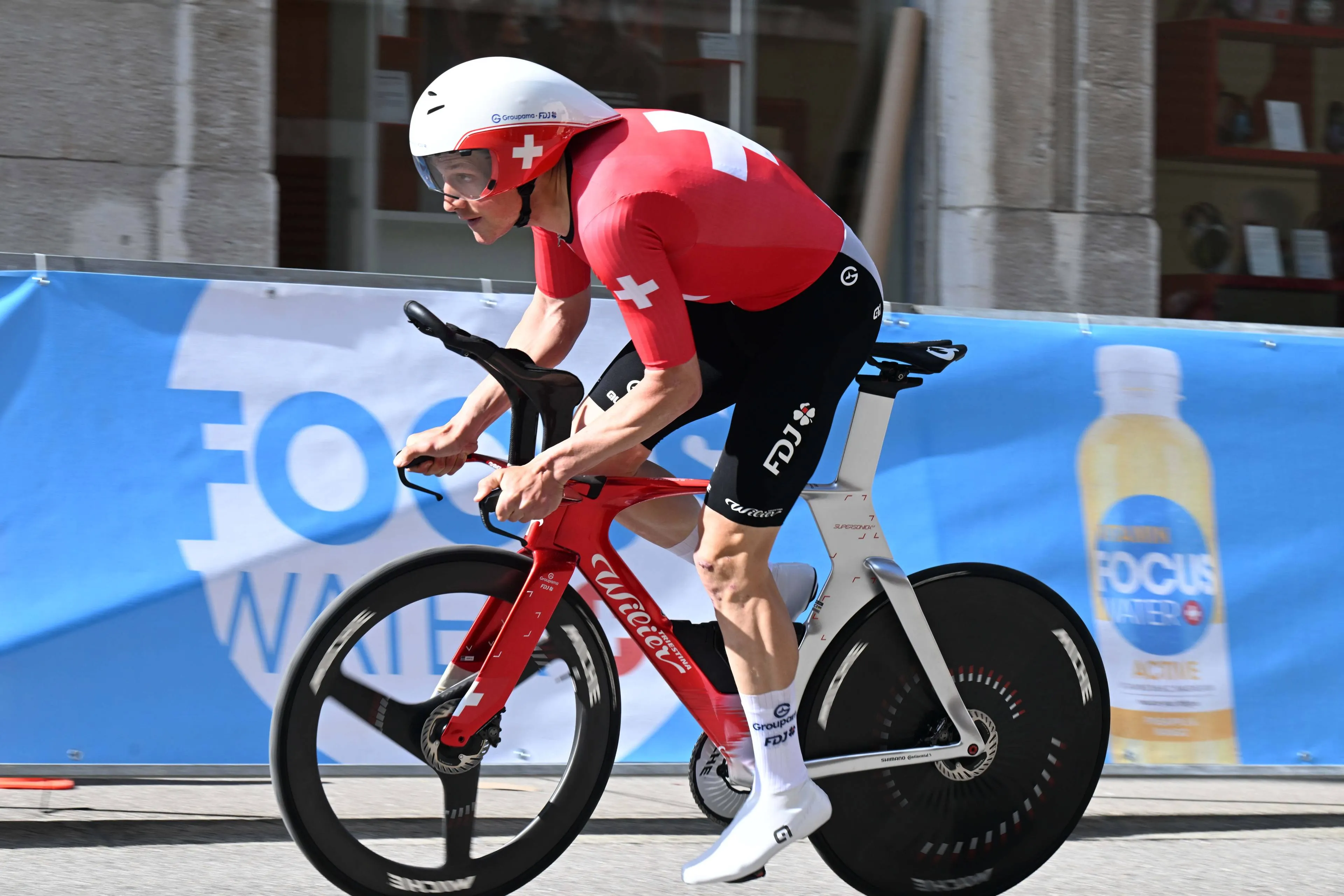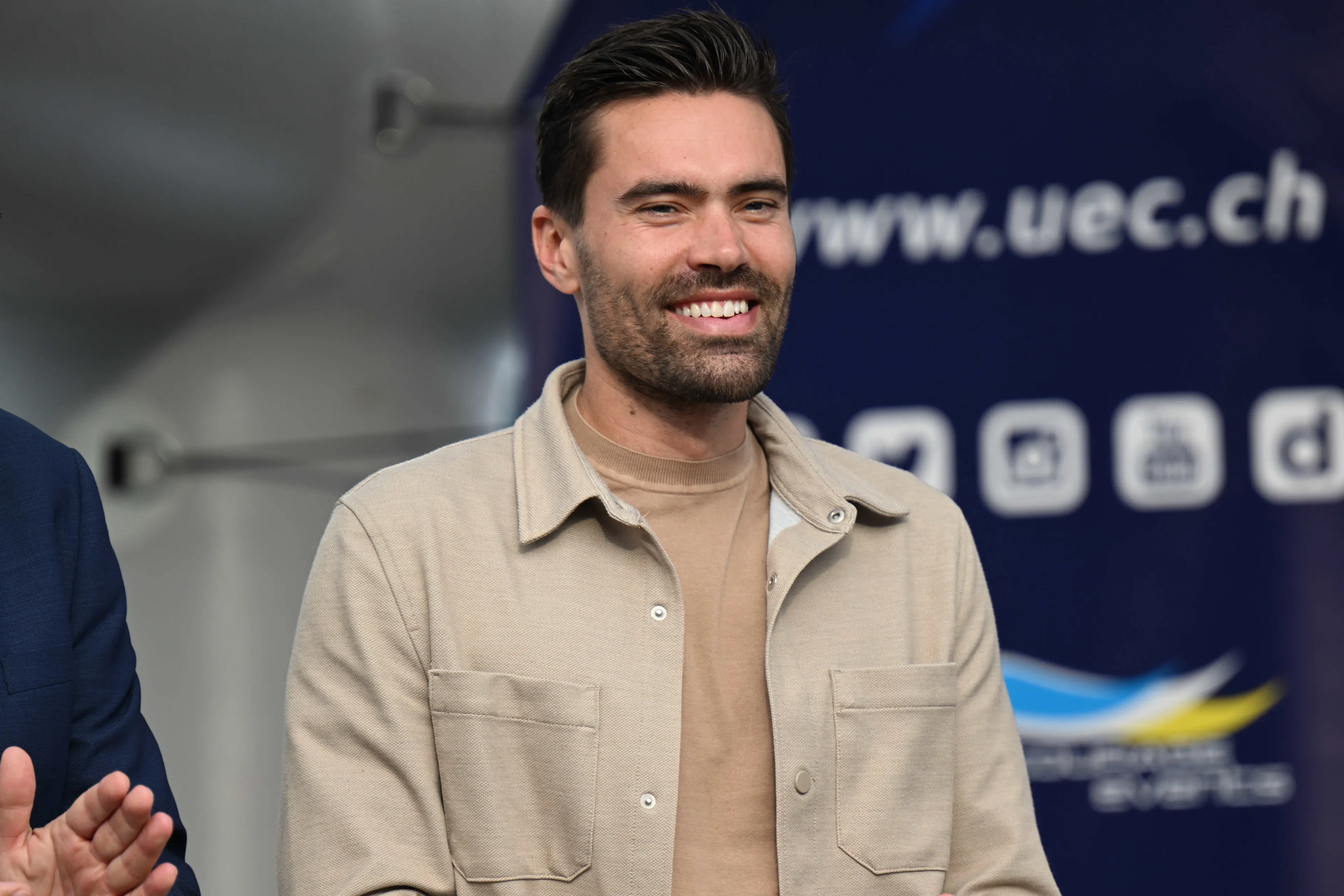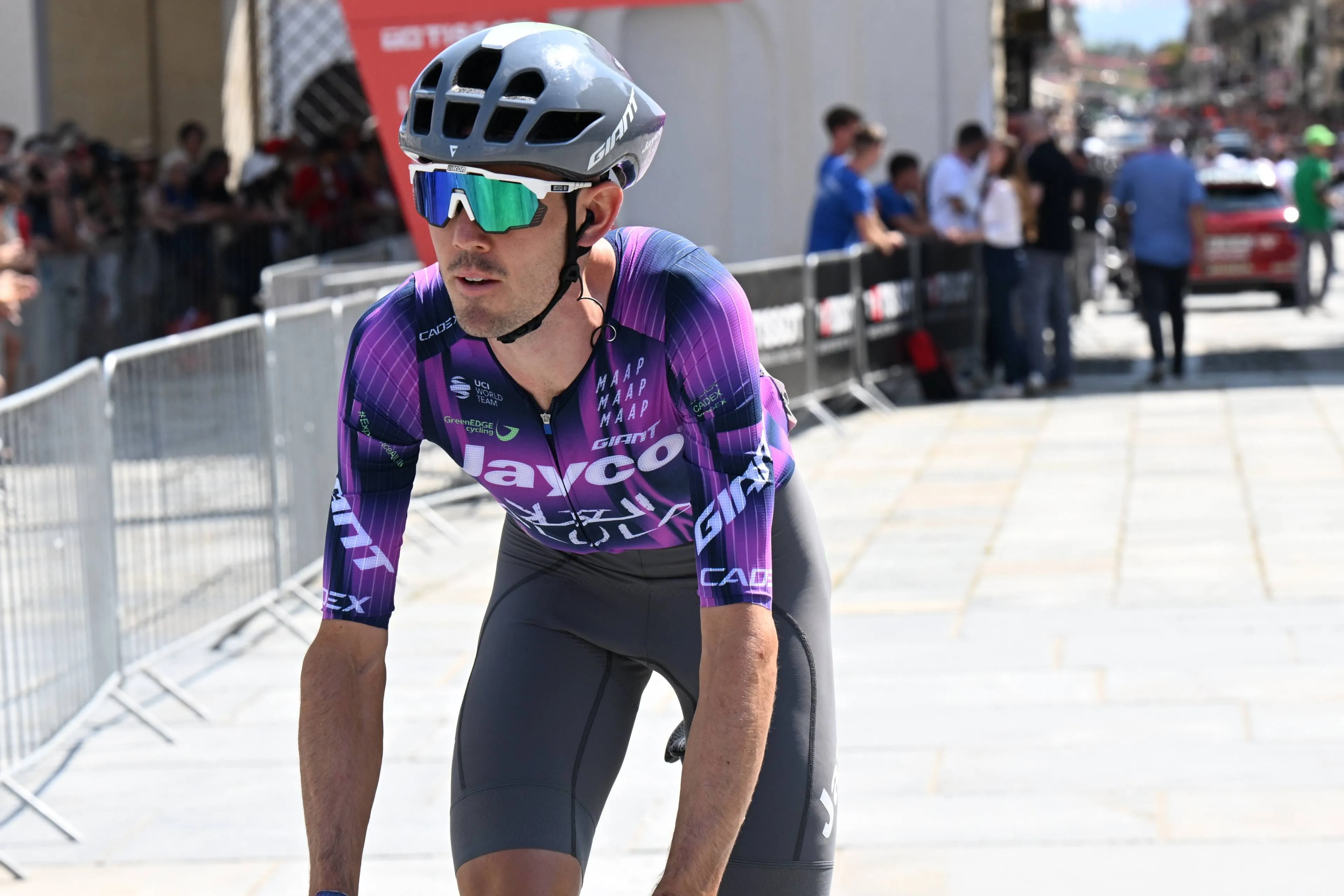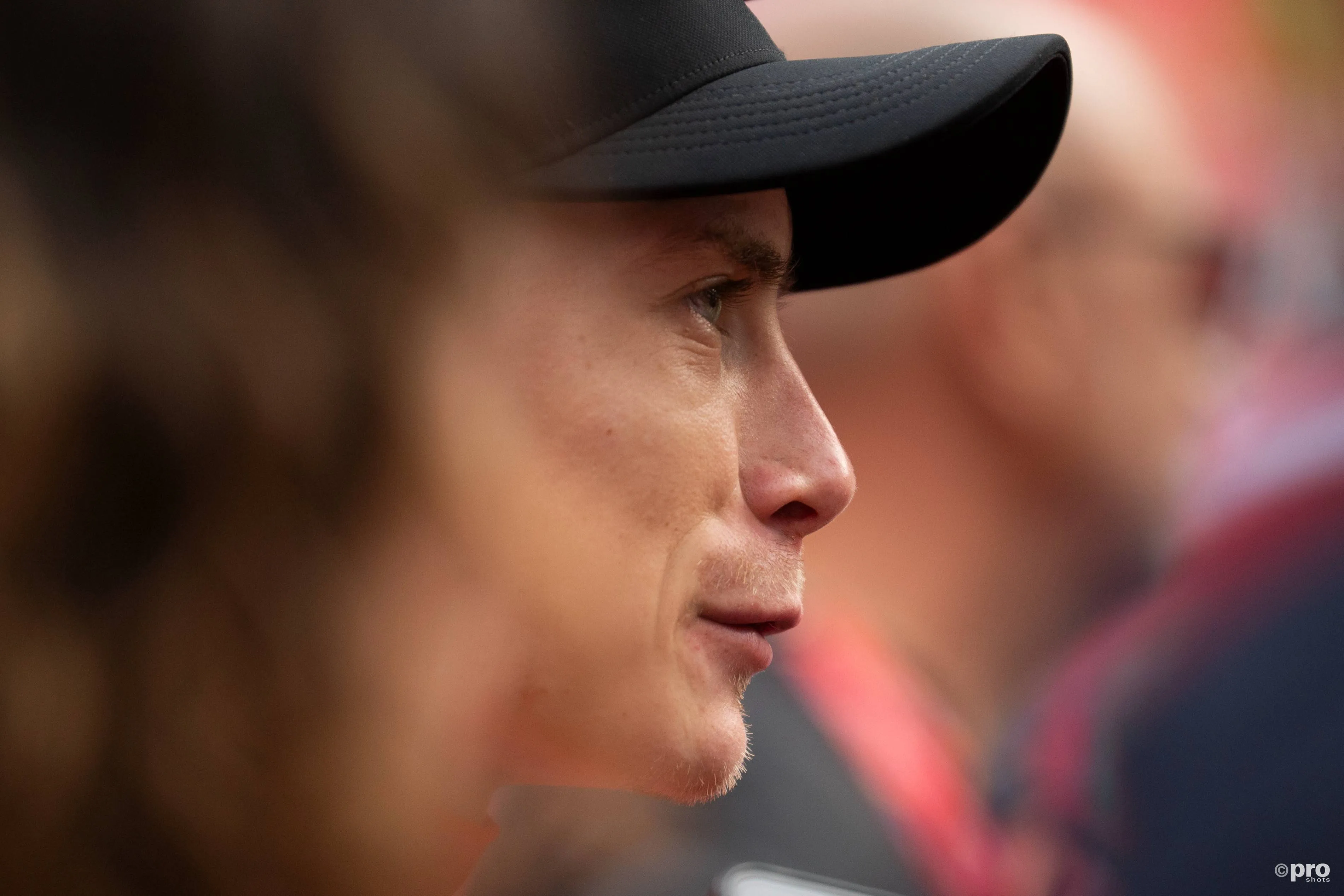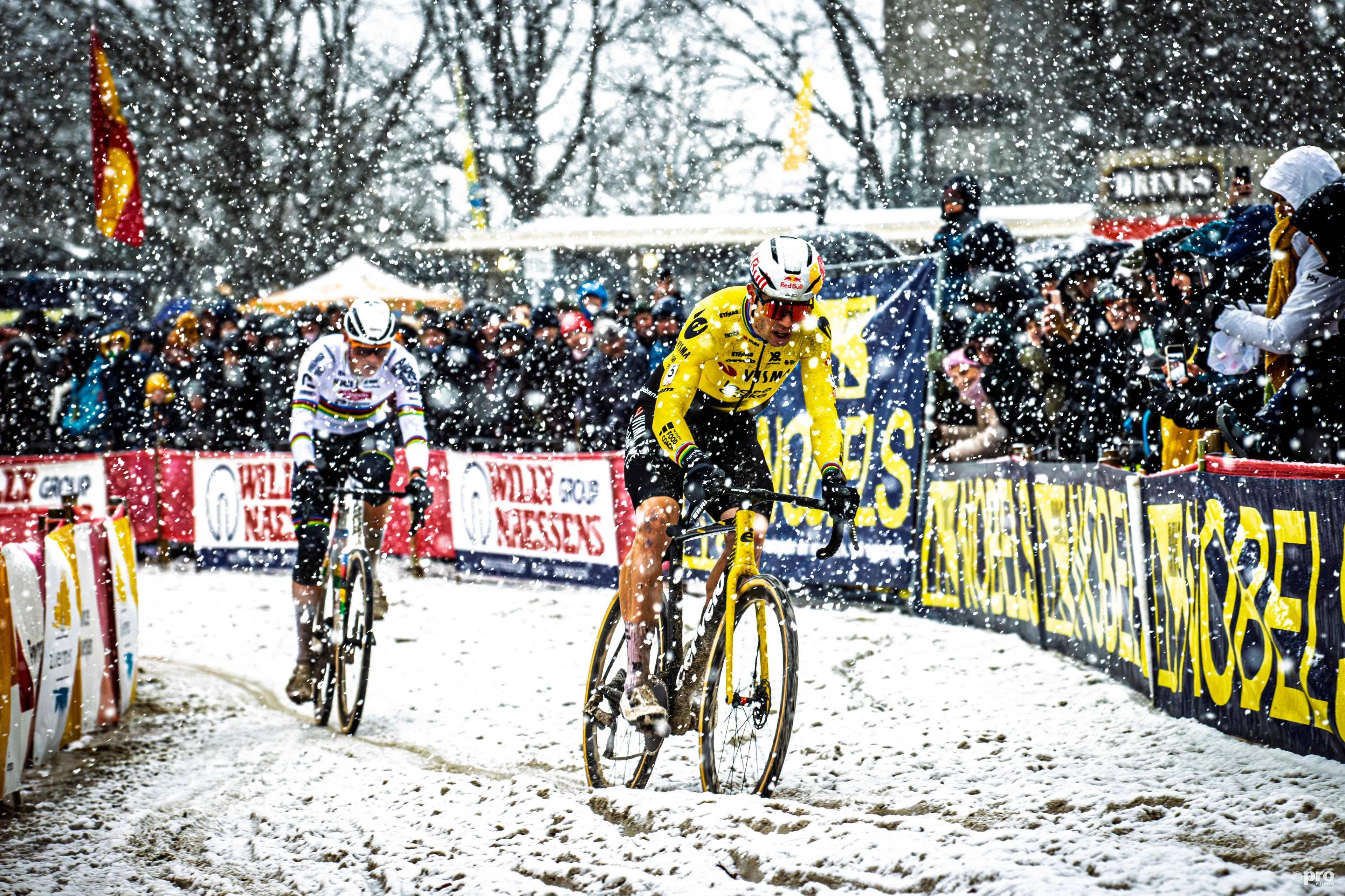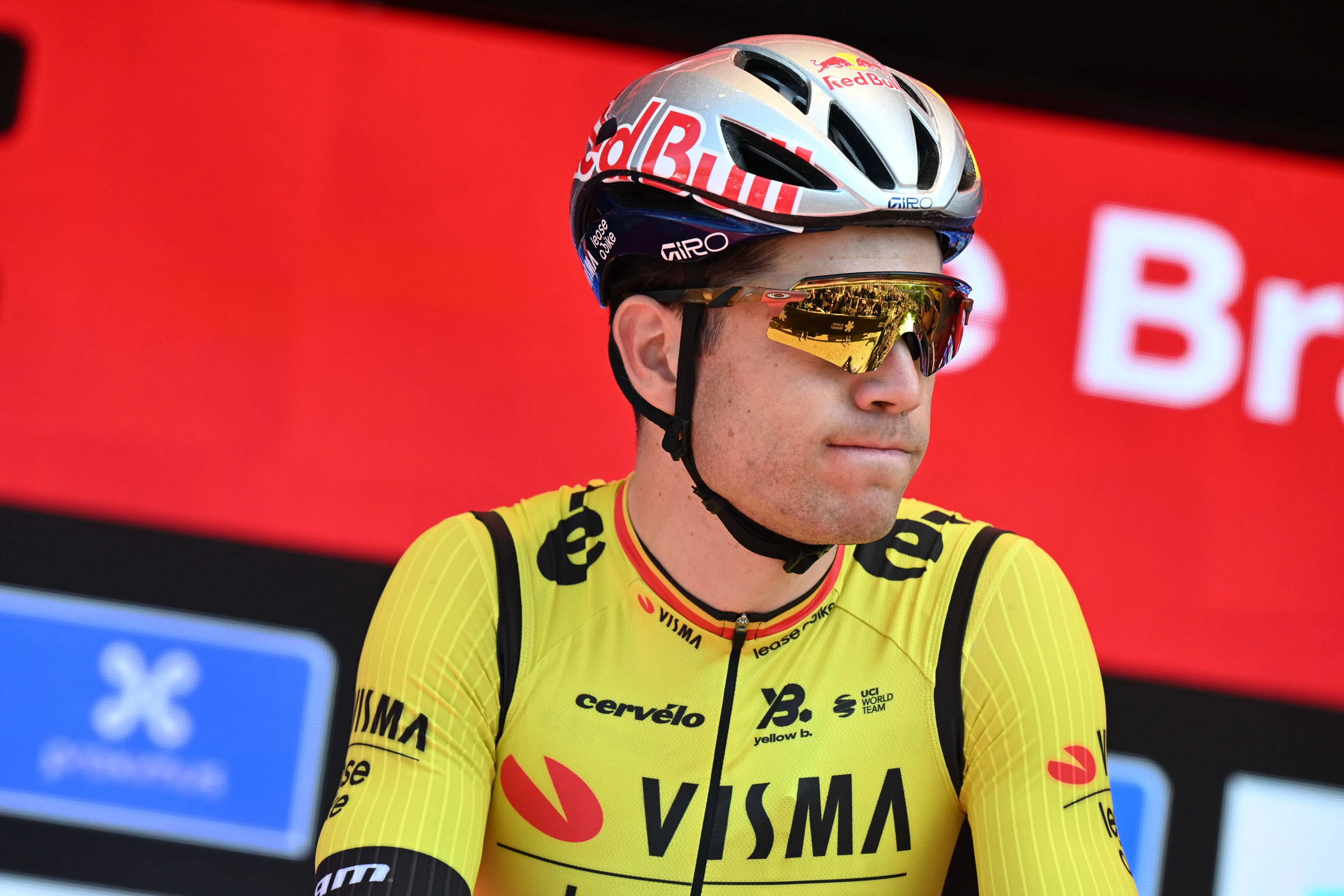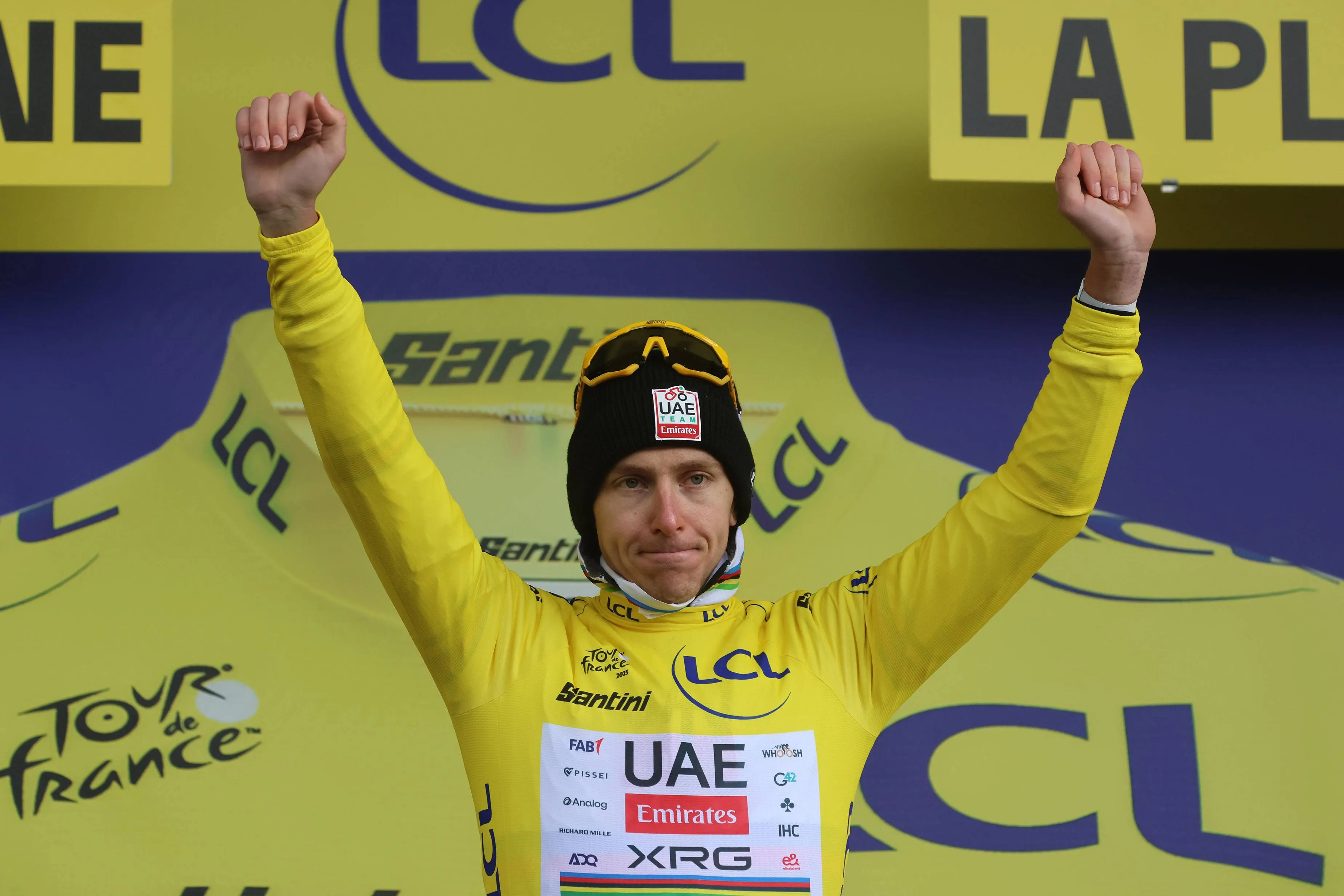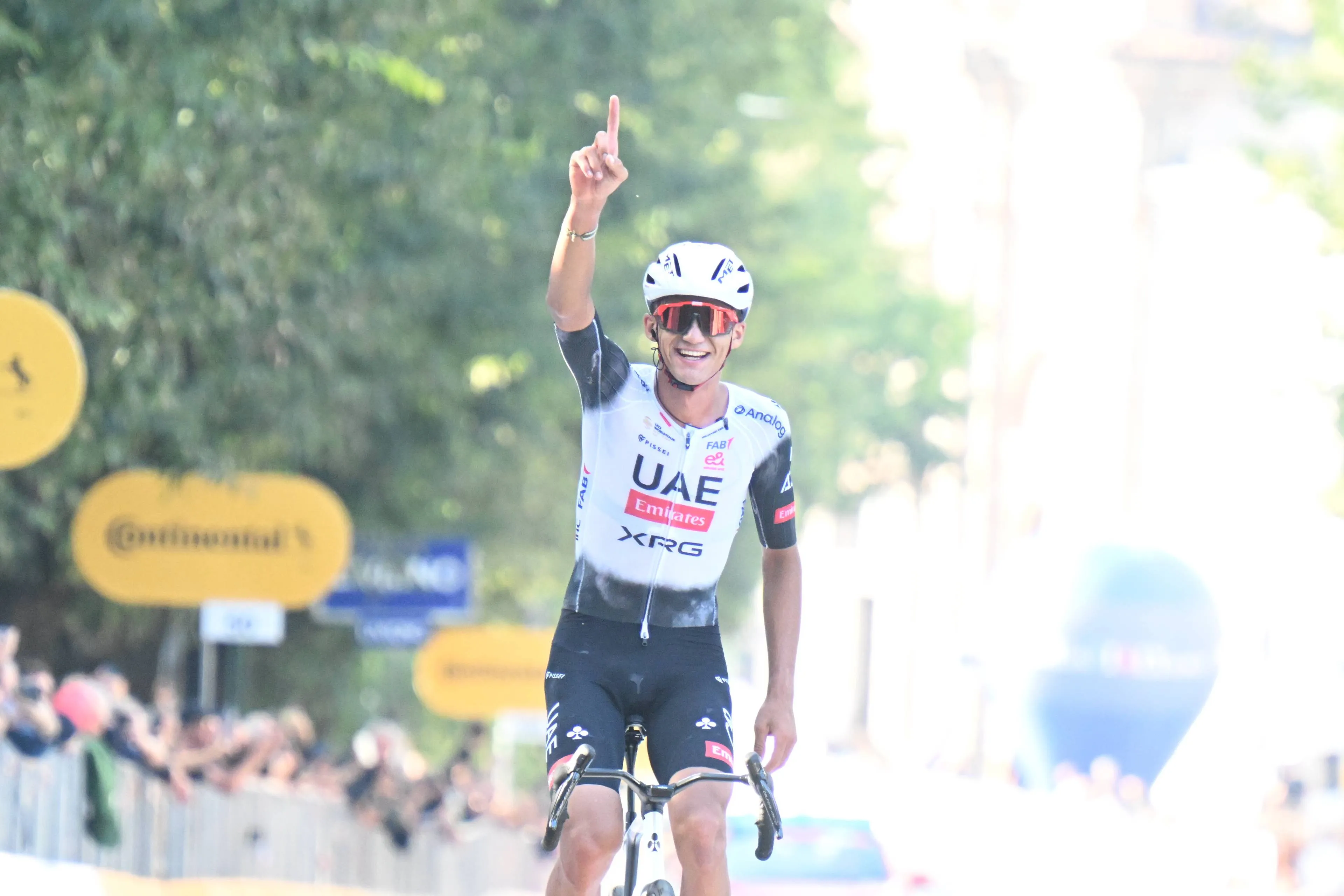“I didn’t need emotions, they were just going to get in the way” – Philipa York reflects on isolation, identity, and life after the peloton
CyclingThursday, 19 June 2025 at 13:00
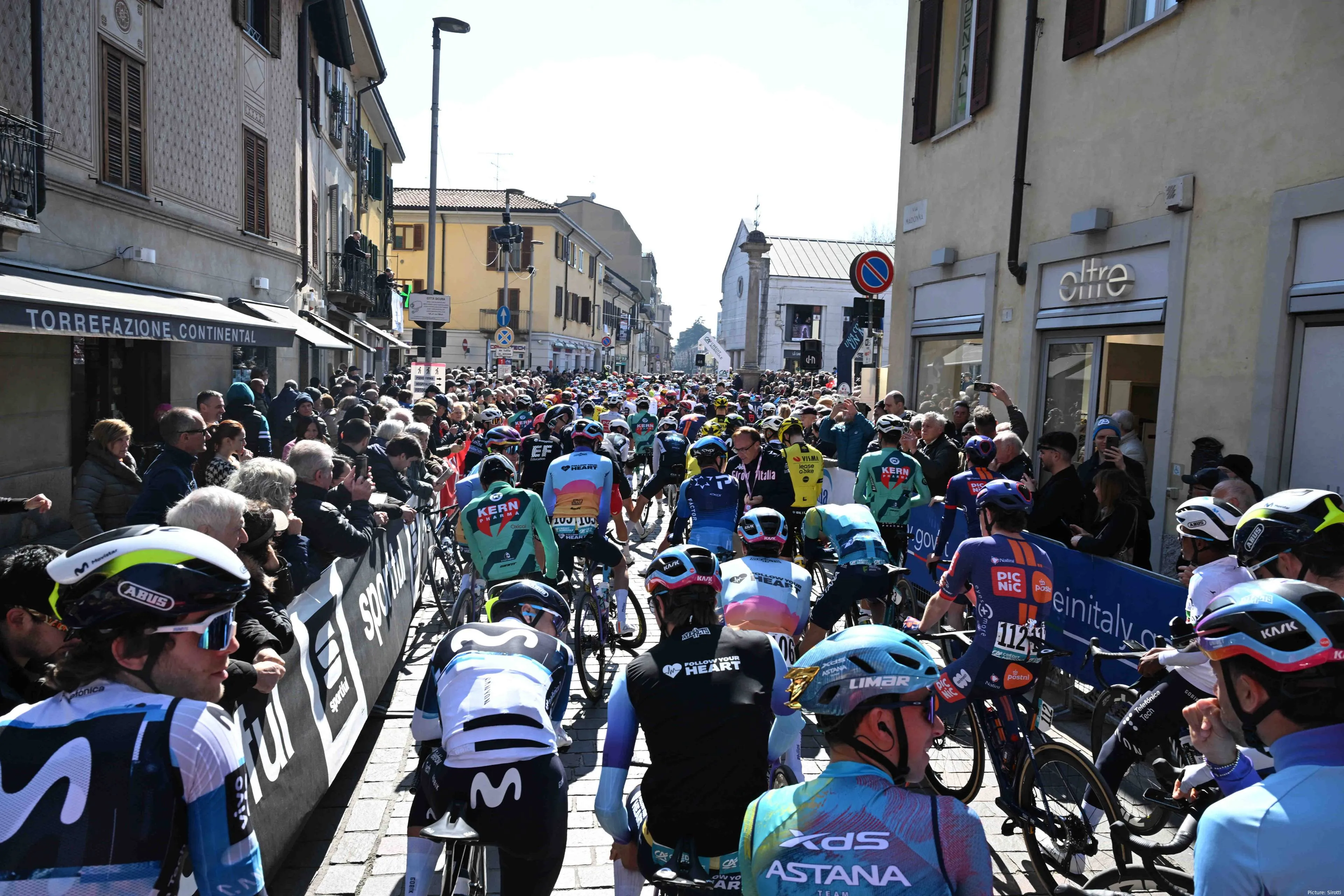
Philipa York has long been one
of British cycling’s most influential figures, known first for what she
achieved on the road, and now increasingly for the story behind it. At 66, York
is reflecting on both in The Escape, a new book written with journalist David
Walsh.
Walsh, best known in the cycling
world for his role in exposing Lance Armstrong, brings his forensic eye and
deep knowledge of the sport to this collaboration. But the real power of the
book lies in York’s voice, in particular within her honesty.
Read also
“There was no LGBTQ community in
the Gorbals where I grew up,” she tells The Guardian. “If I saw David
Bowie on Top of the Pops, I thought: ‘Oh, that’s interesting,’ but he wasn’t a
role model. It didn’t make me think I could be whatever I wanted.”
York raced professionally from
1980 to 1995 under the name Robert Millar, and for years was one of Britain’s
most accomplished climbers. Her finest performance came at the 1984 Vuelta a
España, where she finished second overall, then a groundbreaking result for a
British rider. That same year she won the mountains classification at the Tour
de France, adding to a career that also included stage victories at both the
Tour and the Giro d’Italia.
Read also
She announced her gender
transition in 2000, following years of personal turmoil. “I knew I was
different from the age of 5,” she says. “You realise the others are going to
beat you up. Then there’s the fear of being outed and the shame of not fully
fitting into the group that you’re meant to be part of. Now, they have Pride
marches, but I felt very little pride.”
The debate around transgender
athletes is deeply complex, often walking a tight rope between inclusion and
fairness. Scientific understanding of how hormone therapy affects athletic
performance is still evolving, and policies differ widely between sports and
governing bodies. For many, like York, the discussion is not just theoretical, it’s
personal.
Framing trans women solely in
terms of physical advantage ignores the profound physiological, emotional, and
social transformations they undergo. At the same time, concerns from female
athletes about the fairness of competition deserve to be acknowledged without
becoming a platform for exclusion or hostility.
Read also
The book and interviews offer a
rare insight into what York’s isolation felt like. She doesn’t know if her
parents ever understood what she was going through. “I don’t know. It was the
1970s. I can’t ask my father because he’s not here. Even now, you don’t want
your kid to be different, because you know there’ll be a stigma attached.”
Racing became a refuge. “You have
no time to dwell on any other stuff,” she says. “If you’re in the race, you’re
not processing the outside world.” But York acknowledges that being in the
sport didn’t insulate her entirely. “People would throw out homophobic slurs,
that kind of verbal intimidation, but it just washed over me. I learned to deal
with it. I gave it back. I could swear in most languages.”
Read also
The defence mechanisms helped her
cope, but at a cost. “I didn’t need emotions. They were just going to get in
the way. I learned to do that quite well. The shield I put around me allowed me
to function.” Eventually, that shield cracked. After retiring in the mid-90s,
York fell into a deep depression. “It got worse when I stopped racing. I
thought: ‘Who am I?’ The bike rider was gone. I had to deal with that. But I
was also dealing with: ‘Am I going to transition or not?’”
It took years before she sought
professional help. “I was in a bad place, really, really depressed. I had no
idea if I would fully transition or not. But I had to find out where on the
transition journey I would end up. I never felt suicidal, but I understood why
people did.”
The journey was uncertain and
slow. “You think: ‘I might be OK with a little bit of therapy, with
counselling, or hormone replacement.’ But you don’t know where you’re going to
stop. I just about got through the millennium, but it wasn’t sustainable. I wasn’t
functioning and I couldn’t continue as I was.”
Read also
Eventually, she began piecing
together a new identity. “It became: ‘What kind of woman am I going to be?’ It
was stuff I had to learn. I learned that as an adult, all the small social
clues. I had to learn them very quickly so I didn’t appear vulnerable.”
Today, York is one of the most
respected analysts in the cycling media and an important voice in discussions
around trans inclusion in sport. “It’s more understood now,” she says, “but I
don’t think it’s more accepted.”
She doesn’t shy away from the
complexities of the debate. “I would wonder if they did have an advantage, but
I would look at their performances. ‘Are they better than me because they were
born male, or are they better because they’re more talented? Or have more time
to train, or better equipment?’”
Read also
York argues that much of the
conversation overlooks biology. “People don’t understand the physiological
changes. Your testosterone basically drops to zero. Testosterone doesn’t make
you stronger, it’s part of the system which repairs the damage done by exercise.”
UK Sport, however, has stated
that “there is no solution which balances the inclusion of trans women in
female sport while guaranteeing competitive fairness and safety.”
She is critical of the direction
British Cycling has taken, even if she stops short of using the word
“transphobic.” “They have had people, employees, who have signed a letter to
the UCI, demanding that trans women be excluded … In any other organisation,
those people would be fired.”
Read also
British Cycling has pushed back.
“We strongly believe that cycling is for everyone and are committed to
welcoming as many people as possible into our sport,” said a spokesperson. “Our
competition policies, in line with most other sports, intend to safeguard the
fairness of competitive cycling … Anyone can compete in our ‘Open’ category,
including transgender women, transgender men and non-binary individuals.”
“British Cycling takes
allegations of homophobic and transphobic behaviour extremely seriously and has
a zero-tolerance approach. We are proactively working to ensure that cycling is
as accessible and welcoming as possible.”
The tension remains unresolved,
not just in policy but in the public mood. York’s visibility has made her a
target, but also a resource for others navigating the same path.
Read also
She’s not the only athlete to
transition while in the public eye. Others, like New Zealand weightlifter
Laurel Hubbard, American hurdler CeCe Telfer, and Canadian cyclist Kristen
Worley, have helped push the conversation forward, often amid intense scrutiny.
But York’s story is unique
because of its timeline, the silence that surrounded it, and the way she carved
out space for herself despite it. That she’s doing it now, publicly and
unapologetically, makes her one of the sport’s most enduring figures, regardless
of the name on the results sheet.
claps 2visitors 2
Just in
Popular news
Latest comments
- The result at the TDF is independent of whether he rides Giro or not. 2nd at the TDFabstractengineer08-01-2026
- I wouldn't write them off for monuments any more than I would write off everyone competing against MVDP and Tadej. These two are the only clear favorites, but, if something happens Quick- Step has as good a chance as anyone.mij08-01-2026
- look at Remco and Egan. careers cut short if not permanently changed due to offseason crashes on the road. crashes happen, sadly, and being in competition does not make it any more or less likely.mij08-01-2026
- Makes sense. Finally got the Giro monkey off his back. Got a stage in all three GTs. He's never going to win the Tour, and probably isn't super fussed about fighting the young guns for leadership at other stage races. Why not just go out on a high?antipodeanpedalfan08-01-2026
- Everyone begins and ends life the same way. It's what we do in the middle that counts.paule08-01-2026
- Fact check false: I've crashed indoors before.acem8207-01-2026
- I'm wondering if he's quitting because Visma wouldn't make him their #1 at this year's Giro, which he believed suited him well. As defending champ he deserved his team's backing. After all, he's done a lot for Vingo.velodan07-01-2026
- If they keep sending Paul magnier to smaller races I expect he will bring in another heap of winsmobk07-01-2026
- Have a happy retirement, Simon. Not expecting this ...but well, you're leaving at the pinnacle of your careermhfrvz07-01-2026
- Talented, elegant rider. Enjoy your life, Simon! all the best.
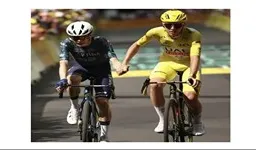 maria2024202407-01-2026
maria2024202407-01-2026
Loading
3 Comments
